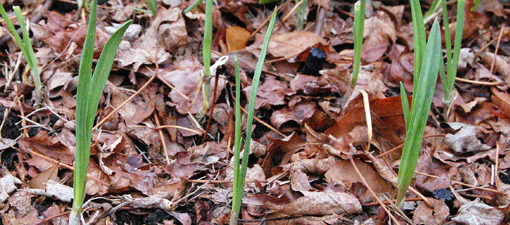
Caring For The Norfolk Pine – We will teach you exactly how to grow and take care of Norfolk Island pines. The Norfolk Island Pine is a specific type of conifer which is is scientifically named the Araucaria heterophylla. The tree grows naturally on Norfolk Island which is located in the Pacific Ocean between Australia, New Zealand and New Caledonia. There are several similar trees which grow naturally on the surround islands as well though they are distinct and only share a similar look and size, but are entirely different species of trees. This favorite of enthusiasts takes some special care and we’ll look at it and how things should be done.
About Norfolk Pines
First of all in the wild these trees can reach a height of 80 feet or more. That may startle the home planters that wants to grow one indoors. Outdoors is another matter entirely. Americans and Europeans might mistake this for a Christmas tree with its well spaced branches and rich green pine needles. Actually it might make a great Christmas tree but that’s not the goal of growers. To take care of the Northfolk pine plant indoors calls for some skill but nothing too complicated. Just follow some basics and one should do alright.
The Norfolk Island Pine typically grows to about 50-65 meters and is known for having very straight vertical trunks and branches which are naturally very symmetrical. Most people like this type of tree because even though it often grows in areas of the island which experience high winds coming off the ocean, it still maintains its symmetrical branch structure which is often distorted in other types of trees growing in similar areas.
The leaves of this tree are awl shaped and average about 1 to 1.5 cm long on younger trees and they can grow quite a bit longer as the trees get older. The tree also produces cones which are about 10-12 centimeters long and 12-14 centimeters wide which makes them a squat globose shape. These cones take about 18 months to mature, and when this happens they will disintegrate so they can release the nut-like seed which is edible for both animals and humans in the area.
Water And Feeding of the Norfolk Pine
This plant needs to be watered once a week. In the summer this is the prescribed regimen. Keep the soil moist but don’t overdo it and make it soggy as this is detrimental to it. In winter you repeat this but make sure the soil is completely dry first. Protect the plant by using either letting the tap water settle for 24 hours to reduce chemical damage or use rainwater or melted snow. Feeding is a less attentive task with just some soluble plant fertilizer for house plants. A half solution should do it. Don’t overfeed the Norfolk plant. In addition, if you’re in a dry environment you might want to add a humidifier or something that keeps the air humid to a degree or the tips of the tree will start browning. You can also spray the Norfolk pine plant with a mist of water but it should be cool water. To sum it up, the Norfolks plants should be watered in summer at least once per week.
Temperature Care of the Norfolk pine trees
First of all the temperature for the plant should be around 65 degrees Fahrenheit during the day and a wee bit cooler during night. Be careful of extremes in temperature as too cold or too hot can be detrimental to the tree. Make sure there’s enough lighting to make the tree grow but no direct sunlight. Yes the lights in the home could keep the plant kicking but after some time the plant’s health will decline. Remember, good sunlight but not direct is the key here.
Trimming And Pruning the Norfolk Island Pines
Don’t do it. It would be disastrous. If there is browning of the tips like mentioned above then snip those but otherwise leave the tree alone.
Potting Norfolk Pines
This is a delicate process. The plant doesn’t do well if this process is done haphazardly. Wait until the Spring and only transfer them once every three to four years. Make sure they’re watered well before transplanting and use sterile, fast draining commercial plant soil not something dug up in the yard where the dog or kids have been playing.
The uses of the pine tree
The Norfolk Island Pine has been used by humans for many years. As far back as 1774 it is documented that they were used for the masts of sailing ships because of the long, straight trunks. This use fell out of fashion after a time, however, because the wood was not durable enough and would not last as long as many other types of trees. The wood was also used to make plywood for a time, though that has also fallen out of fashion. Today, however, it is commonly used for wood turning and is very popular in Hawaii where a large amount of it is shipped each year.
In addition to cutting down the tree for its wood, many people actually cultivate the tree to use for decorations and other things. It has been exported to places around the world to be used in landscaping of both private properties as well as lining the streets of coastal cities because of the very distinguished look it has. Younger trees are actually used as house plants in many parts of the world and some people will trim them to keep them smaller for longer than they would in nature.
It is easy to see that there are a wide range of different things this great looking tree can be used for. While in some places the tree has been crossed with other similar trees to result in a less pure tree, it is still growing strong in many areas of the world, especially Norfolk Island itself. If you’re interested in growing one of these trees yourself either outside or inside as a house plant it can make an excellent addition to any tree lovers collection.
Norfolk Island Pine video :
Summary and all you need to know about the Norfolk plant
In summary, these trees are attractive and make a great addition to your indoor gardening venues. They don’t call for daily care nor super expensive attention. Just following the fundamental regimens should keep your Norfolk Pine healthy and thriving for years to come.



